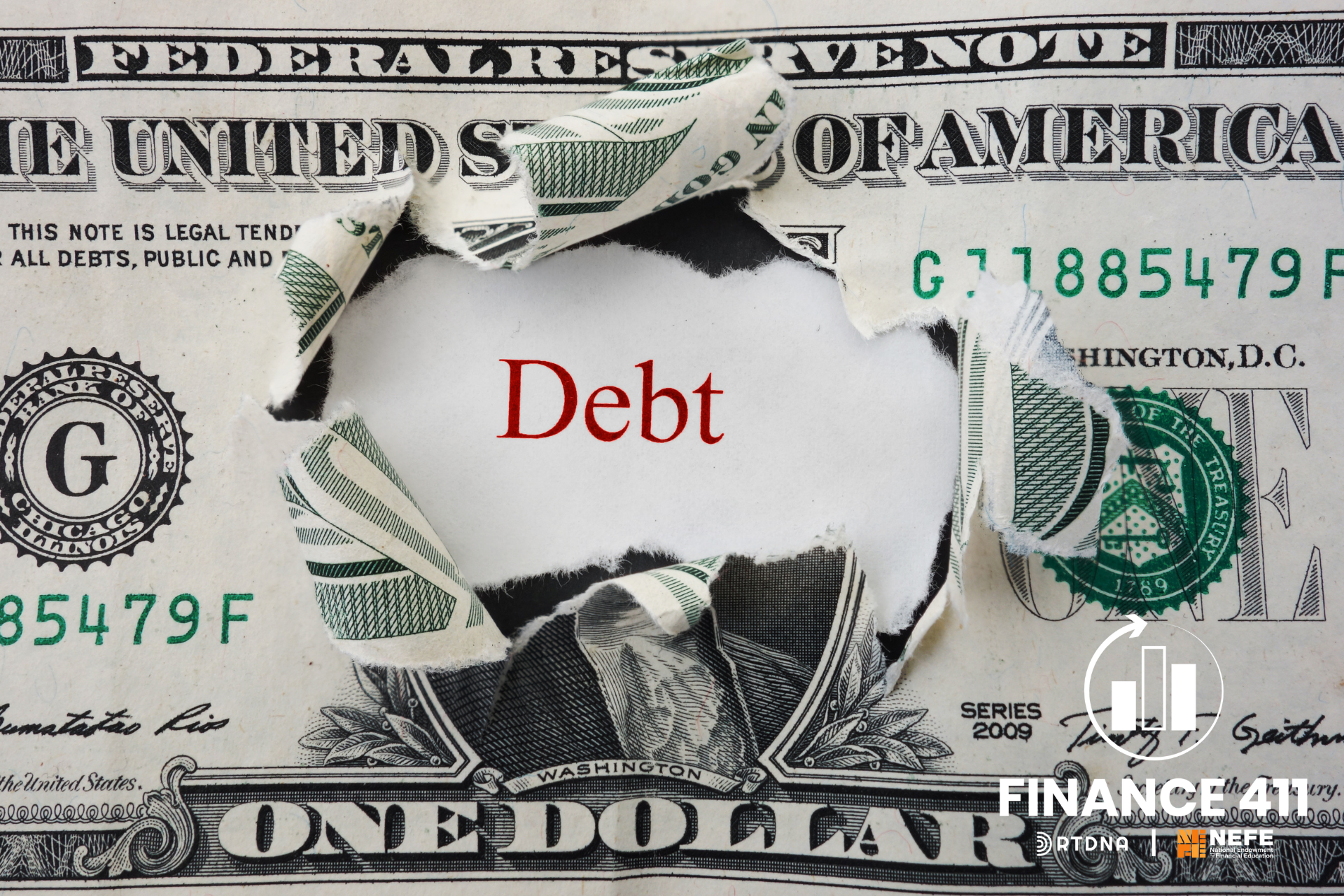How journalists can help their audience attack debt

Living with debt can be challenging enough. And most folks are already doing just that. The Federal Reserve Bank of New York says total household debt rose to $17.80 trillion in the second quarter of 2024. Even though housing debt can be the most significant cost, it’s not the only one. Credit card balances are now up to $1.14 trillion, collectively.
How each household breaks down debt depends on many factors, like whether each person is a homeowner, owns a vehicle outright, has unpaid medical debt, carries a credit card balance from one month to the next, and more. Paying off that debt looks different for everyone, and sure enough, there is someone for everyone who can tell you the right way to do it.
Lead with empathy
It’s hard to get people to talk about money. Debt is so personal that if you’re coming to it with anything other than a big stack of empathy, you will have difficulty reaching anyone.
Remember that money can be intensely private. We don't know how people came into their debt. Maybe they lost their job. Maybe they got injured or sick and haven’t been able to work. Their debt could’ve been inherited from family members. Or they might’ve been a cosigner on a loan that another person didn’t repay. There are so many scenarios that it doesn’t matter how someone got into debt. Your job is to remember that they are, in fact, human. And they need help getting on track.
Meet your audience where they are
Figure out their struggles and how best to approach your people. In some instances, readers and viewers may not know the terms and words to search online, so doing search engine optimization (SEO) and strategy like many personal finance outlets do might not be what works for you and your audience. Instead, try to meet your folks where they are. That could be:
-
A credit score and credit history series, including what goes into credit calculations, debunked myths, the major credit bureaus and what they do, and responsible credit card use.
-
Different debt payoff methods and how they work, like the debt avalanche method, debt snowball method, using a balance transfer credit card, and debt consolidation.
-
Creating different budgets that include paying off debt. For instance, explain how zero-based budgeting, the envelope system, the 50/30/20 method, and others factor in paying off debt.
-
Explain the debt-to-income (DTI) ratio and terms for folks who are working on buying a home, especially for first-time homebuyers.
-
Share some strategies on attacking debt for those who have vast amounts of debt and might not have considered them yet. This includes debt settlement and bankruptcy. It might also help to include how these differ from debt relief programs, like when you use a nonprofit credit counseling agency, which helps you manage your money and create a tailored action plan for low or no cost.
These are ideas and starting points. Talk to your community and brainstorm ideas with your team to determine what works best for your audience.
ADDITIONAL RESOURCES
- NEFE: The Impact of Debt on Young Adults' Financial Life Transitions
- NEFE: Student loans and financial stress in the United States
Dori Zinn is a personal finance journalist with work featured in the New York Times, Wall Street Journal, Yahoo, CNN, and more. She’s also the President of Blossomers Media, a web development and online media company. She can be reached at dzinn@blossomers.com.
Finance 411 is a bi-monthly feature, presented by RTDNA and the National Endowment for Financial Education.
